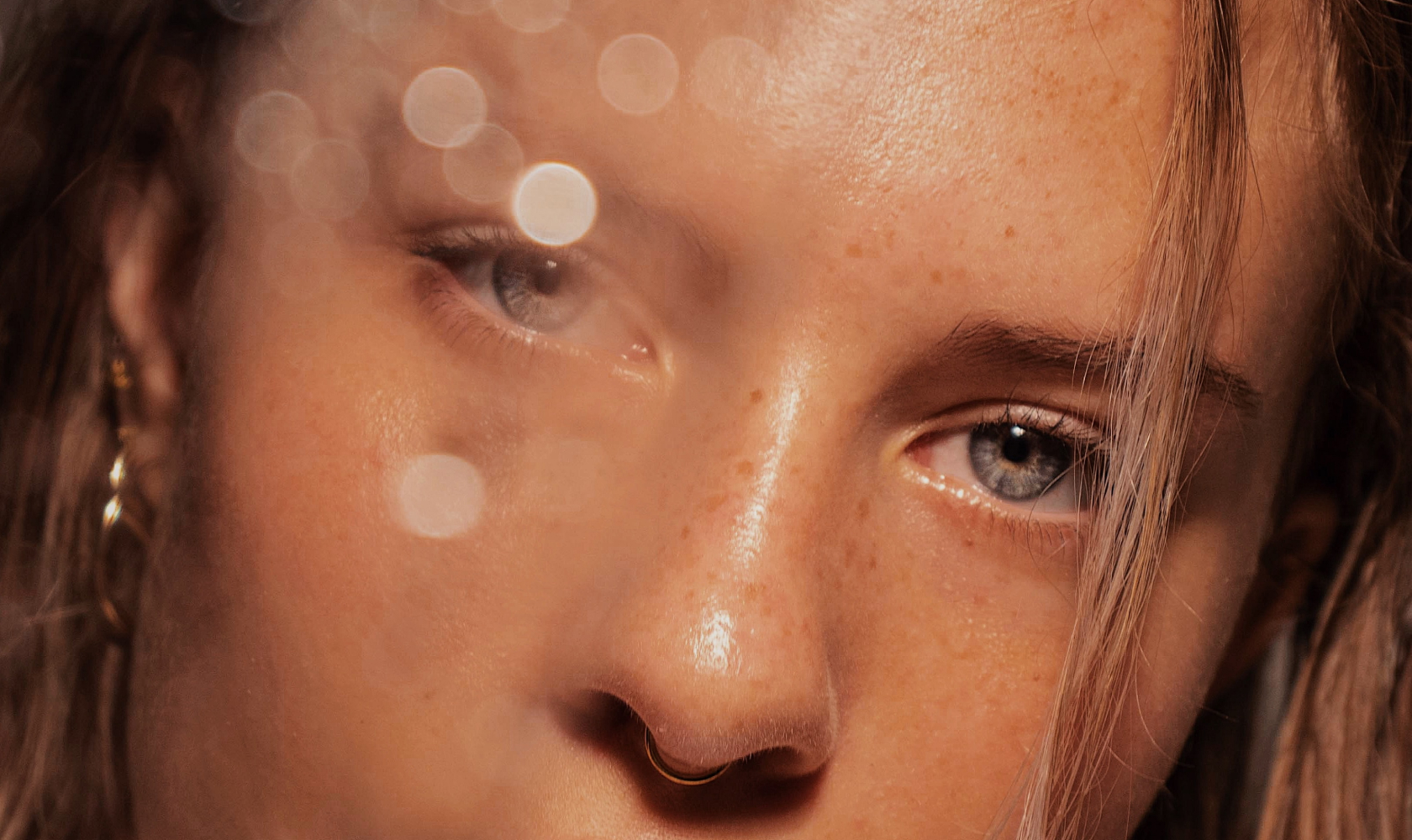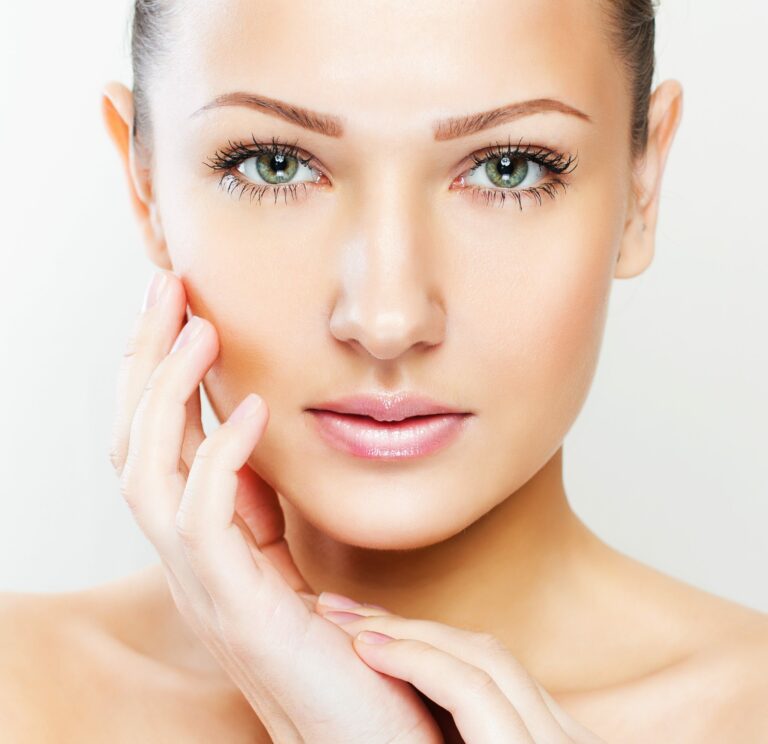Moles

Moles are common skin lesions that vary in terms of shape, size, colour and texture. Many patients are either born with moles or develop them over time. While most are harmless, a new or changing mole, or one that looks significantly different from the others, should be medically assessed to exclude skin cancer. Sometimes moles themselves may not be dangerous, but can lead to symptomatic or cosmetic concerns.
Moles and Skin Cancer
Everywhere one looks these days, skin cancer is in the news. This comes as no great surprise to most dermatologists, as the number of melanomas we see each week continues to increase. Data shows that over the last thirty years, rates of malignant melanoma in Great Britain have risen the fastest of the current ten most common cancers.
Risk Factors for Skin Cancer
Many people choose to see a dermatologist to check that a changing mole is not cancerous or to have their moles reviewed as part of their preventative health screening. Consultant dermatologists like those here at Self London will take a risk factor assessment for the potential development of skin cancer when you attend for a mole check appointment:
Fitzpatrick Skin Type
This is a classification scale for human skin colour and its response to ultraviolet radiation:
Type 1: White skin, blond or red hair, freckles: always burns, never tans.
Type 2: White skin: usually burns, tans minimally.
Type 3: White skin, fair with any hair or eye colour: sometimes mild burn but tans uniformly.
Type 4: Moderate brown skin, Mediterranean skin tone: rarely burns, tans well.
Type 5: Dark brown, Middle-Eastern or Asian skin: very rarely burns, tans easily.
Type 6: Deeply pigmented or Black skin: Never burns, tans very easily.
The risk of developing skin cancer is much higher in type 1 skin compared to type 6 skin.
Blistering sunburns
A person’s risk of melanoma doubles if he or she has had more than five sunburns.
Sun-exposure
Outdoor hobbies or occupation, sunny holidays, having lived in a sunny climate: Individuals that have worked outdoors (eg, in the building or construction trade), or enjoy outdoor hobbies (eg, running or gardening), are at higher risk of developing skin cancers by virtue of sun exposure. The same applies for people that have lived abroad in sunny climes.
Tanning bed use
Sunbed users are 74% more likely to develop melanoma than those who have never tanned indoors.
Family history of melanoma
Approximately 10% of people with melanoma will have a family member with the disease.
Large numbers of atypical moles (“atypical mole syndrome”)
These people have a 7-27% higher chance of developing melanoma compared to the general population.
Immunosuppression
Often forgotten about, compromised immune systems as a result of chemotherapy, organ transplant, lymphoma or HIV/AIDS can increase the risk of melanoma.
Early detection is key
There is no doubt that finding skin cancer early saves lives. Melanoma detected and removed early is almost always curable. If caught late, there is a much higher chance of metastasis (spread). The skin is the largest and most visible organ of the body so often any changes or new moles will be overtly visible, unlike cancer of an internal organ.
What changes are we looking for?
The acronym “ABCDE” can be extremely helpful in evaluating moles. If a mole shows any of these features, it warrants review by a dermatologist to exclude melanoma:
Asymmetry: One half of the mole is different from the other.
Border: Irregular, scalloped or poorly defined edge.
Colour: Uneven colour or variable colours within a mole.
Diameter: The mole is bigger than 6mm in size.
Evolving: The mole is changing in its size, shape or colour.
Other signs to look out for include any new moles, a mole that looks significantly different from the others (known as the ugly duckling sign), or any skin lesion that bleeds or fails to heal.
Changing moles do not always represent skin cancer, and most moles are harmless. It can be normal for moles to change in number and appearance; some can also disappear over time. Hormonal changes during puberty and pregnancy can cause moles to increase in number and become darker.
Mole Examination
Medical dermatologists here at Self London will usually carry out a full skin check if a patient is referred for changing moles. They make use of a dermatoscope to assess the mole itself. If there is any concern, the mole will be surgically removed under local anaesthetic and sent for examination by a pathologist.
Mole self-examinations: When? How often?
Most dermatologists recommend skin self-exam on a monthly basis. The ideal time is probably after a bath or shower and should be carried out in a well-lit room with the aid of a full-length mirror.
It is a good idea to look closely at the entire body including the scalp, buttocks and genitalia, palms and soles, including the spaces between the fingers and toes. Assistance from a trusted individual may be required to examine the hard-to-see areas. It becomes easier the more frequently this is done, as you will get used to where the moles, marks, and blemishes on your body can be found.
Sun Protection Advice
It is important to be aware of the risks of excessive sun exposure. Good sun safety habits are vital to reduce the risk of both skin cancer and skin ageing.
Sunscreen
This should be broad-spectrum, containing protection against UVA and UVB, and a factor of at least 15-30 is recommended. This needs to be applied at least 30 minutes before going outdoors and reapplied every 2 hours for maximum benefit.
Shade
Seek shade, particularly between 11am and 4pm.
Protect your head/face: Wear a wide-brimmed hat and sunglasses.
Protect your limbs
Wear protective loose cotton clothing over the arms and legs.
Avoid tanning beds
We actively discourage the use of tanning beds.
If you have any concerns about any skin lesions changing in their size, shape or colour, or it has been a while since your last total-body skin check for moles, arrange a consultation.




